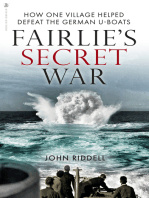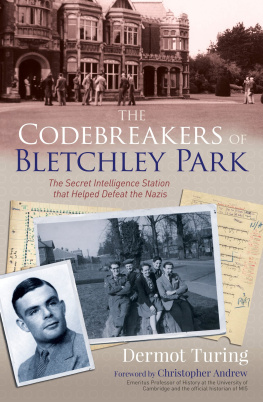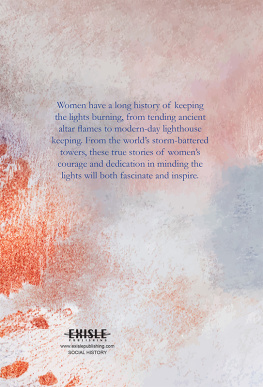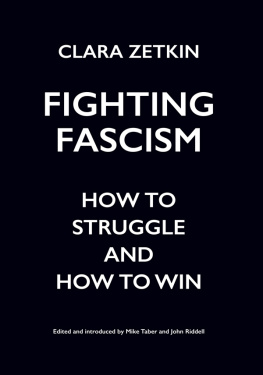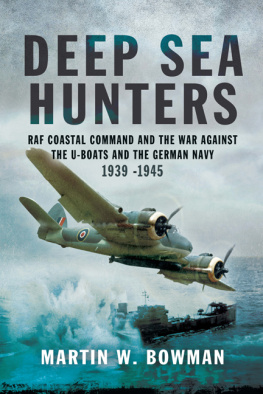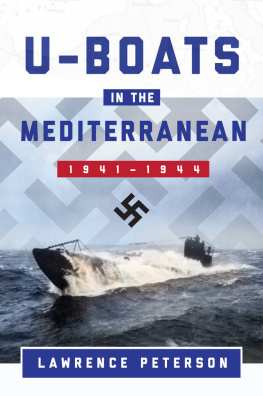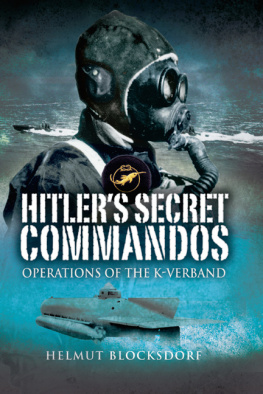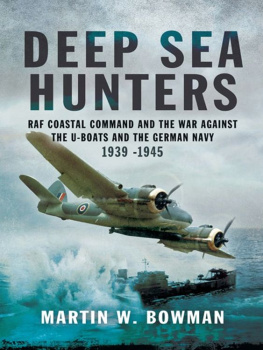John Riddell - Fairlie’s Secret War: How One Village Helped Defeat German U-Boats
Here you can read online John Riddell - Fairlie’s Secret War: How One Village Helped Defeat German U-Boats full text of the book (entire story) in english for free. Download pdf and epub, get meaning, cover and reviews about this ebook. genre: Science fiction. Description of the work, (preface) as well as reviews are available. Best literature library LitArk.com created for fans of good reading and offers a wide selection of genres:
Romance novel
Science fiction
Adventure
Detective
Science
History
Home and family
Prose
Art
Politics
Computer
Non-fiction
Religion
Business
Children
Humor
Choose a favorite category and find really read worthwhile books. Enjoy immersion in the world of imagination, feel the emotions of the characters or learn something new for yourself, make an fascinating discovery.
- Book:Fairlie’s Secret War: How One Village Helped Defeat German U-Boats
- Author:
- Genre:
- Rating:3 / 5
- Favourites:Add to favourites
- Your mark:
- 60
- 1
- 2
- 3
- 4
- 5
Fairlie’s Secret War: How One Village Helped Defeat German U-Boats: summary, description and annotation
We offer to read an annotation, description, summary or preface (depends on what the author of the book "Fairlie’s Secret War: How One Village Helped Defeat German U-Boats" wrote himself). If you haven't found the necessary information about the book — write in the comments, we will try to find it.
John Riddell: author's other books
Who wrote Fairlie’s Secret War: How One Village Helped Defeat German U-Boats? Find out the surname, the name of the author of the book and a list of all author's works by series.
Fairlie’s Secret War: How One Village Helped Defeat German U-Boats — read online for free the complete book (whole text) full work
Below is the text of the book, divided by pages. System saving the place of the last page read, allows you to conveniently read the book "Fairlie’s Secret War: How One Village Helped Defeat German U-Boats" online for free, without having to search again every time where you left off. Put a bookmark, and you can go to the page where you finished reading at any time.
Font size:
Interval:
Bookmark:
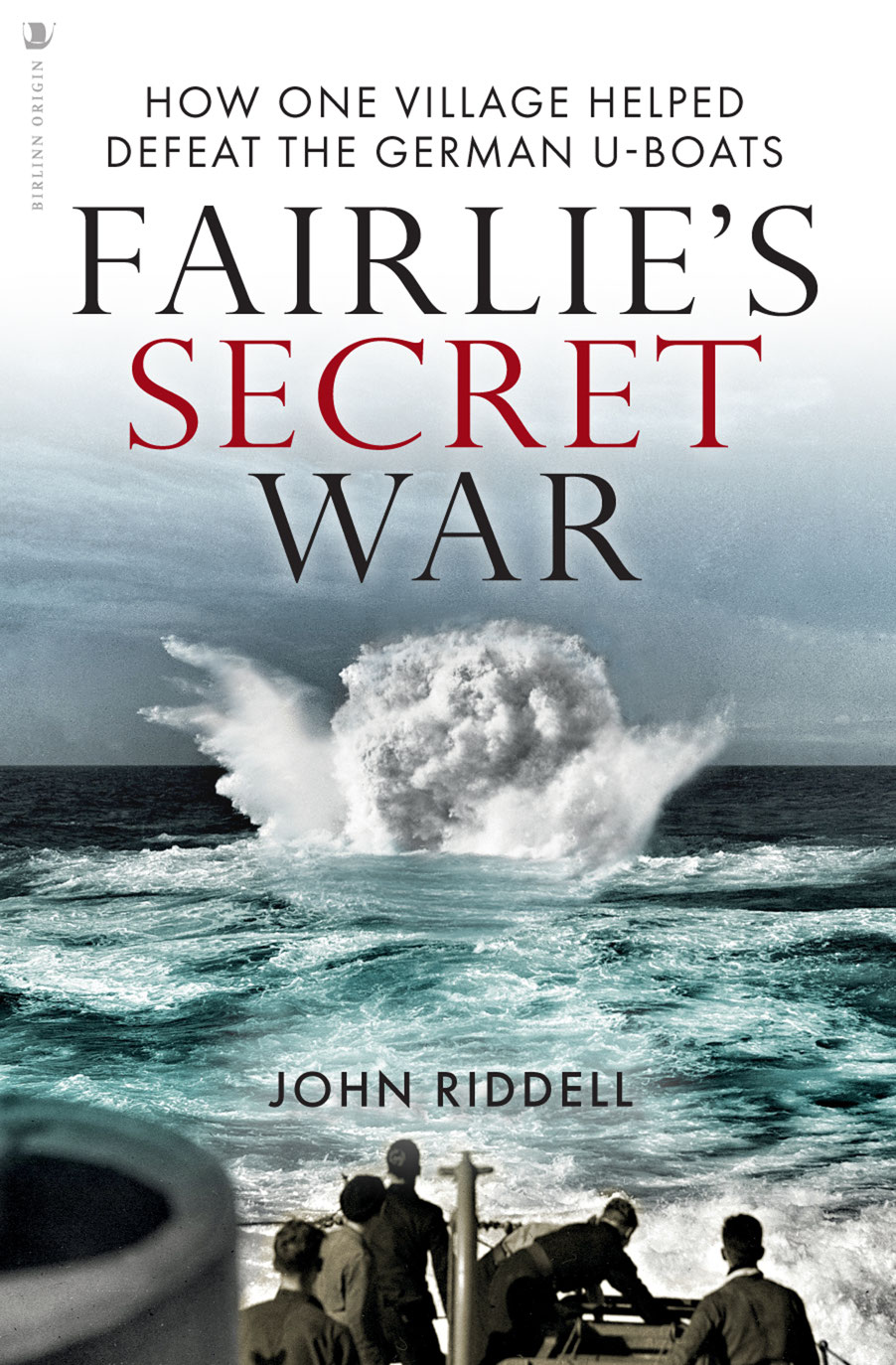
FAIRLIES SECRET WAR
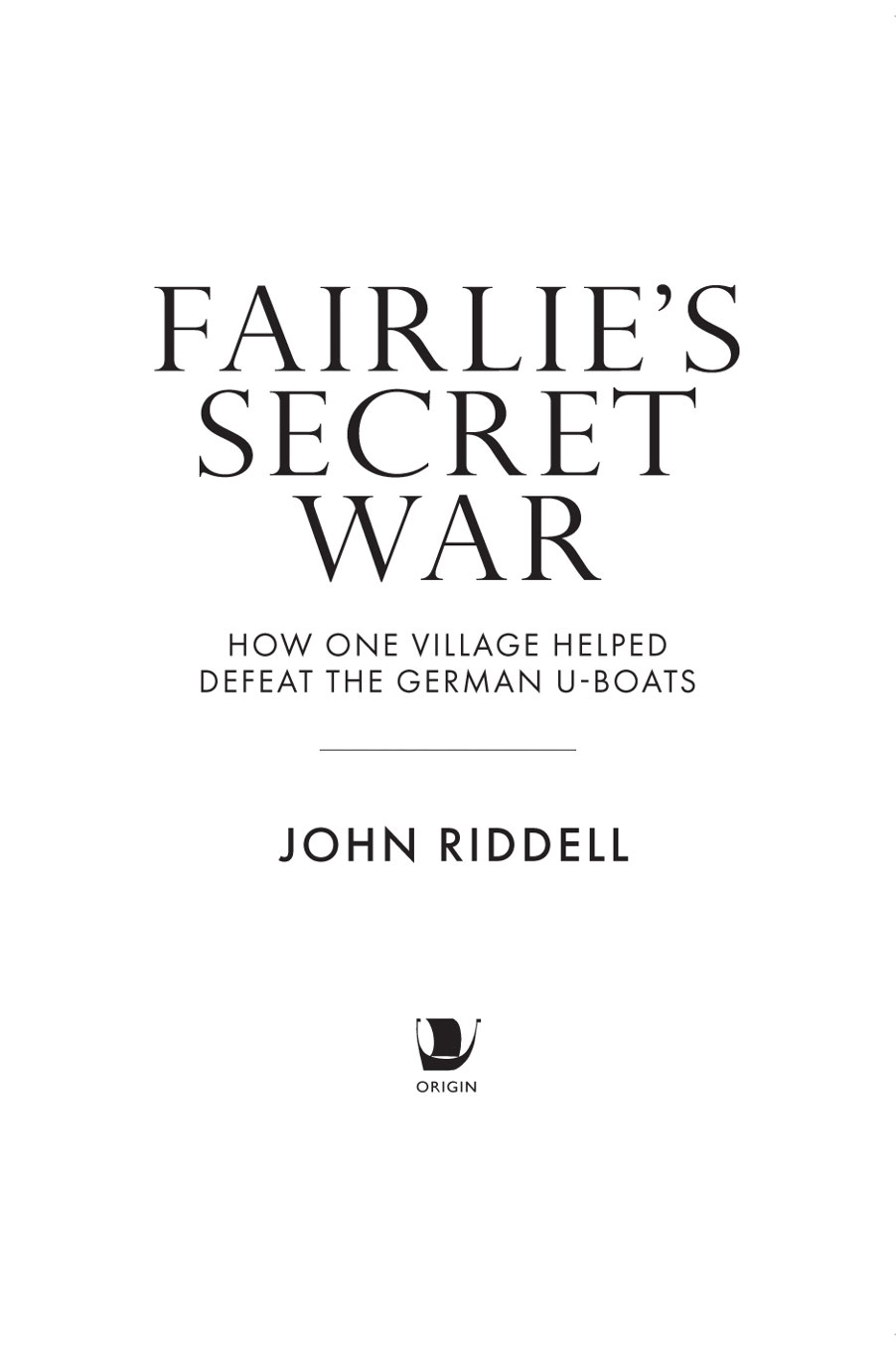
First published in Great Britain in 2022 by
Birlinn Ltd
West Newington House
10 Newington Road
Edinburgh
EH9 1QS
www.birlinn.co.uk
ISBN: 978 1 78885 569 3
Copyright John Riddell 2022
The right of John Riddell to be identified as the author of this work has been asserted by him in accordance with the Copyright, Designs and Patents Act, 1988.
All rights reserved. No part of this publication may be reproduced, stored, or transmitted in any form, or by any means, electronic, mechanical or photocopying, recording or otherwise, without the express written permission of the publisher.
British Library Cataloguing-in-Publication Data
A catalogue record for this book is available on request from the British Library
Typeset by Initial Typesetting Services, Edinburgh
Printed and bound in Malta by Gutenberg Press
I came to live in Fairlie in 1972. The small Ayrshire Coast village was not unknown to me, as in my younger days I had often boarded Clyde steamers at Fairlies wooden pier for summer holidays on the islands of Bute and Arran. Having a keen interest in all things related to the Clyde and its shipping, I was also aware of the William Fife & Son boatyard, famous throughout the sailing world for the design and construction of beautiful racing yachts. After making my home in the village I made occasional visits to the Bay Street yard to watch the skilled craftsmen building and repairing the boats. Like many others living in Fairlie, I was saddened when the 180-year-old boatyard finally closed.
Over the years I occasionally heard older Fairlie residents talk of what they called The Establishment. It was part of the Navy, I would be informed, and occupied the Fife yard during the Second World War. Something to do with submarines, those villagers who still recalled it said, but always adding that the activities were very, very secret. Not even the locals who worked there, one elderly man told me, really knew much about what was going on.
In Fairlie Parish Church there is a small wall plaque commemorating six Royal Navy sailors who were drowned close to the village in 1944. They were part of the crew of a warship called hms Kingfisher. I have to say I had taken little notice of this plaque on my visits to the church. With my known interest in ships, however, a few years ago I was asked if I would write a short article about the plaques history for the church newsletter. So I started to research the story of not only hms Kingfisher, but also why hms Kingfisher was at Fairlie during the war.
I eventually discovered that the official title of the wartime occupant of the Bay Street yard was His Majestys Anti-Submarine Experimental Establishment Fairlie. It was part of the Royal Navy and it was based in the village from October 1940 until February 1946. As the name indicates, it was a place where experiments were carried out into ways of opposing submarines, or as the German ones were called, U-boats. But what kind of experiments and what did they involve? I was told that many very clever people were employed there. Who were these people and where did they come from? Fairlie in 1940 was quite a small village. How did those who lived there react to the five years of secret research carried on within their community?
I hope I have provided answers to these and many more questions in the following pages. I have been fascinated by what my research has discovered. The experimental work undertaken at Fairlie did indeed make a major contribution to Britain not losing the battle against the U-boats. More intriguingly, it also formed the basis of much of the pro- and anti-submarine research activity of the later Cold War years, which is no doubt why everything to do with the Establishment was locked away in the National Archives out of reach until 1975.
There have been many books written about the battle between the Royal Navy and the U-boats during the Second World War. These range from the personal accounts of those who fought in that battle to very technical and detailed descriptions of the techniques and weaponry of anti-submarine warfare. In writing this history of the Establishment I have drawn extensively on the content of a number of these books, particularly with regard to the equipment developed first to find and then to sink the U-boats.
Those undertaking any form of research must strike a balance, a compromise. On the one hand there is the desire to discover more and more about your subject, to explore further avenues, even cul-de-sacs. On the other hand, there is the reality of finite time and having to come to a conclusion, to say enough. I hope that my decision regarding when to say enough has been made at the right time.
This story is about more than the technical developments of Second World War anti-submarine warfare and Fairlies role in these. It is also a local story. It is a story about people and a small seaside village, and how that village played host to a very secret establishment that made a major contribution to winning the Second World War.
John Riddell
It has been challenging to discover all of the factual information contained in this history. In addition to the specific references listed, a prime source has been the National Archives at Kew and I thank its search staff for the helpful way in which they responded to my numerous emailed requests.
The files of the local newspaper, the Largs & Millport Weekly News, contain useful references to what was going on in Fairlie, albeit ones heavily restricted by wartime censorship.
A wide range of sources have provided the images in the text and these are acknowledged where known. I am particularly grateful to the Imperial War Museum, the National Library of Scotland, the Scottish Maritime Museum, the Clyde River Steamer Club and the relatives of those who served at Fairlie for this assistance.
Many people worked at the Establishment. As will be explained in the following pages, the highly secret nature of the research meant that very few were able to talk or write about what they did, saw or heard. The passing of the years has also meant that there are now very few people still alive who could provide, through meetings or by correspondence, a direct memory of that wartime service. I am very grateful to those who have assisted.
My fellow members of the North Ayrshire Family History Society and the Largs and District Historical Society have provided advice, support and assistance, which is much appreciated.
No history can be written today without reference to the Internet. What a service the creator of that resource has provided to the twenty-first-century researcher!
At Birlinn, Mairi Sutherland has provided much advice. I am very grateful to her for her patient assistance and understanding.
an unfair and underhand way to fight
It is October 1940. Britain has been at war with Germany for just over a year. An old grey bus with wooden seats arrives in the Ayrshire coastal village of Fairlie and finds its way into Bay Street. It stops outside the entrance to the world-famous yacht building yard of William Fife & Son, closed down since 1939. Fourteen men get off the bus and go into the yard. A notice goes up. It states that the yard has been requisitioned by the Admiralty for the duration of the war. Within days it is a scene of great activity, leading to much local speculation as to what is going on. His Majestys Anti-Submarine (A/S) Experimental Establishment Fairlie had come into being.
Next pageFont size:
Interval:
Bookmark:
Similar books «Fairlie’s Secret War: How One Village Helped Defeat German U-Boats»
Look at similar books to Fairlie’s Secret War: How One Village Helped Defeat German U-Boats. We have selected literature similar in name and meaning in the hope of providing readers with more options to find new, interesting, not yet read works.
Discussion, reviews of the book Fairlie’s Secret War: How One Village Helped Defeat German U-Boats and just readers' own opinions. Leave your comments, write what you think about the work, its meaning or the main characters. Specify what exactly you liked and what you didn't like, and why you think so.

